Smarter Solar: How AI is powering the next generation of design, installation, and support
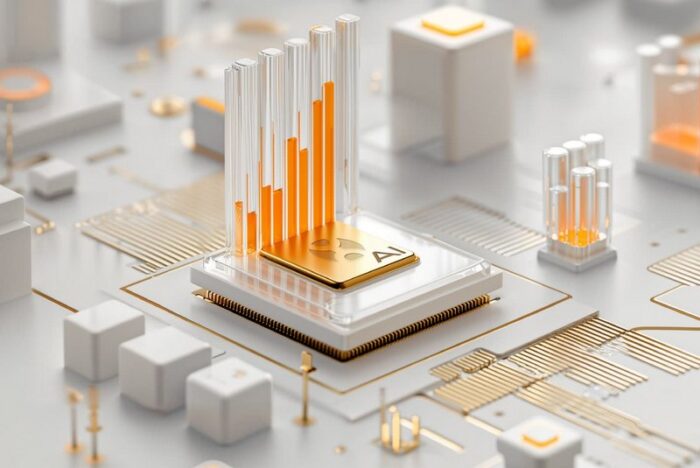
Artificial intelligence is no longer a distant concept in solar—it’s an active, practical tool that’s changing how systems are designed, installed, and maintained. From proposal automation to predictive maintenance, AI is unlocking new efficiencies that are helping solar professionals improve margins, reduce friction, and deliver a better customer experience.
Across the residential and small-commercial landscape, AI is showing up in tools that simplify complex tasks, reduce soft costs, and help installers scale their operations. Here’s a look at the most impactful ways AI is being applied in the field today—and how forward-thinking companies are leveraging it.
Smarter Starts: AI-Powered Design and Proposals
The first stage of every solar project—site design and proposal creation—has traditionally required a time-consuming mix of manual data gathering, layout planning, and quote building. AI has dramatically streamlined this process.
Design platforms like Sunbase, Scanifly, and Aurora Solar now use satellite imagery, LIDAR, and computer vision to automate everything from rooftop measurement to shading analysis and panel layout. What used to take hours or even days can now be done in minutes, with proposal packages ready for customer review in real time. These tools reduce the need for site visits, improve quote accuracy, and help sales teams close deals faster and with fewer revisions.
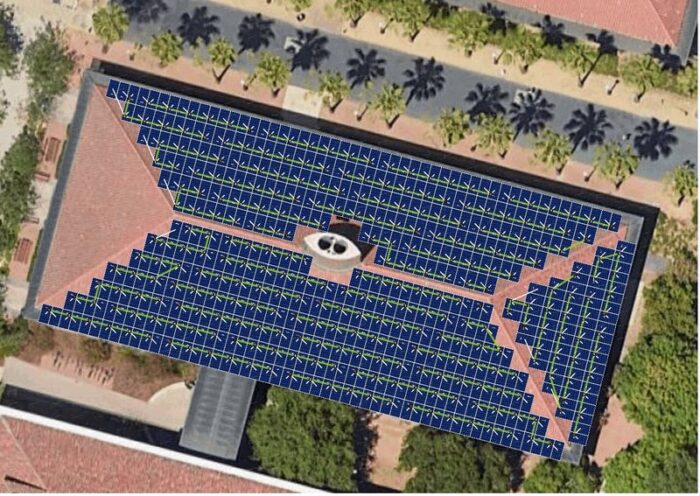
Recognizing this need for speed and simplicity, inverter manufacturers are also building AI-powered design tools directly into their ecosystems. One example is APsystems’ AP Designer, which allows installers to generate complete solar layouts, system simulations, and bills of materials in just a few clicks. By embedding AI into the design workflow, inverter manufacturers are helping to reduce the friction between project design and installation—supporting faster quoting, BOM creation, system design, and providing a more seamless customer experience.
Intelligent Storage and Energy Flow Management
Battery adoption continues to grow, and with it comes the need for smarter energy management. Homeowners and business owners expect systems that not only store energy, but also use it intelligently—charging and discharging at the right times based on usage patterns, electricity rates, and weather forecasts.
AI plays a key role here. SoliTek’s NOVA battery system incorporates AI to track dynamic pricing and solar production, automatically adjusting behavior to maximize savings and ensure reliable backup power.
APsystems’ APstorage solution, anchored by its ELS intelligent battery inverter, uses AI to manage charge cycles and load balancing across connected devices. By dynamically adapting to household usage and solar conditions, these systems help reduce energy costs and extend battery lifespan without the need for ongoing manual adjustments.
Even at larger scales, technologies like Nextracker’s TrueCapture system demonstrate how AI can dynamically adjust tracker row angles based on real-time sky conditions and terrain. While TrueCapture is typically deployed in commercial and utility-scale projects, it’s a strong example of how AI is being used to improve energy efficiency across the solar industry.
Simplifying Support: AI as the New First Responder
Support can be one of the most labor-intensive—and margin-draining—areas of the installer’s business. That’s changing quickly thanks to AI-powered assistants and operations tools.
APbot, an intelligent assistant built by APsystems, uses large language models to provide fast, contextual answers to common installation and troubleshooting questions. Instead of waiting for tech support or flipping through manuals, field teams can get real-time guidance through a dashboard or mobile interface, improving first-time install success and cutting down on return visits.
Tools like Scoop Solar are applying AI to project management and field service workflows. From task assignment to job tracking and reporting, these platforms reduce the chaos of multi-site coordination and help teams stay focused, organized, and efficient.
Predictive Maintenance and Real-Time Monitoring
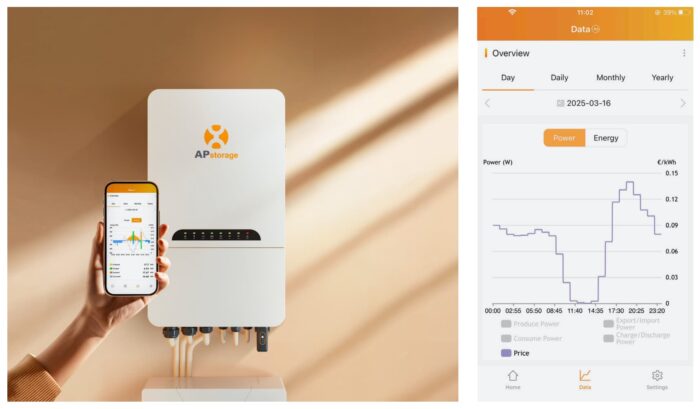
AI is also shifting solar operations and maintenance from reactive to proactive.
Monitoring platforms today use AI to analyze inverter and module data, identify performance anomalies, and alert installers before system failures occur. Tools like SolarAI and SolarAssistant process real-time performance metrics and visual data to detect soiling, hotspots, or degradation—offering actionable insights before issues escalate.
APsystems’ monitoring platform includes AI-based diagnostics to help catch early signs of component stress, allowing installers to intervene before a truck roll is even needed. This shift from break-fix to anticipate-and-resolve helps improve system uptime, reduce service costs, and increase long-term customer satisfaction.
Automation and Robotics: The Future of Field Labor
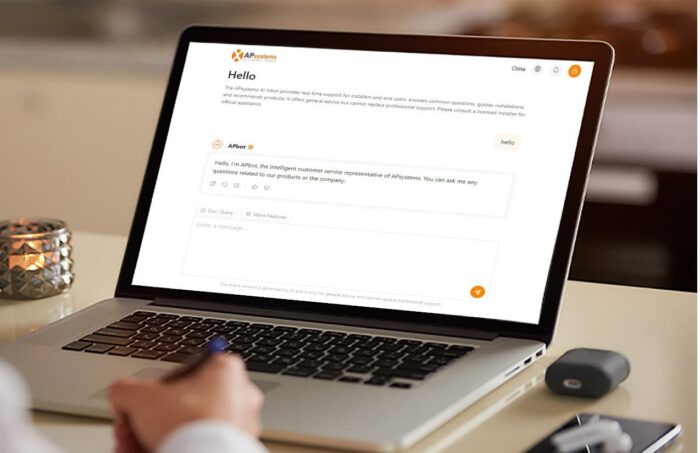
Labor availability continues to challenge the solar industry’s rapid growth. In response, robotic and semi-autonomous installation systems are gaining attention for their potential to improve efficiency and reduce physical strain.
AES’s Maximo, an AI-enabled installation robot, uses computer vision and machine learning to assist with panel positioning—reducing installation time, improving consistency, and easing the burden on human crews. While Maximo is currently more common in commercial deployments, its approach points toward a future where residential and small-commercial install teams will also benefit from robotic precision.
The Installer Edge: Efficiency, Earnings, Experience
AI is quietly becoming foundational to how solar is sold, designed, installed, and supported. From layout design and quoting to storage optimization and predictive maintenance, AI is shifting time-consuming tasks from people to intelligent systems—making solar more accessible, scalable, and profitable for installers and more reliable for system owners.
The most successful solar pros aren’t doing more work—they’re working smarter with AI.
Jason Higginson is the head of marketing, North America, for APsystems Tags: APsystems, sales and marketing


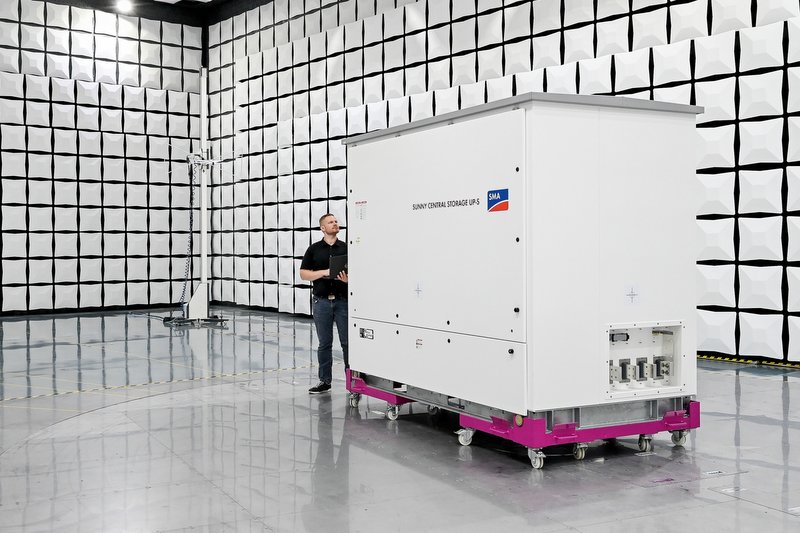

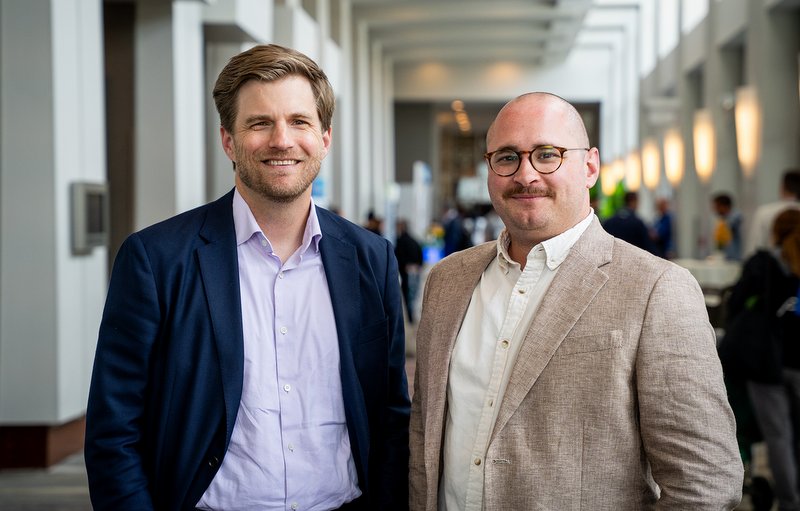
Comments are closed here.